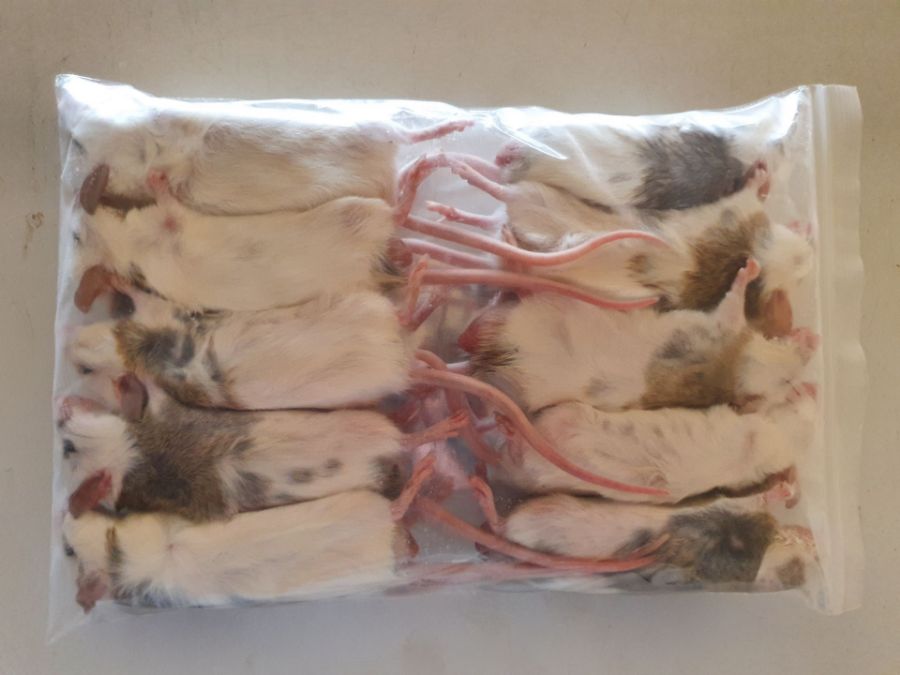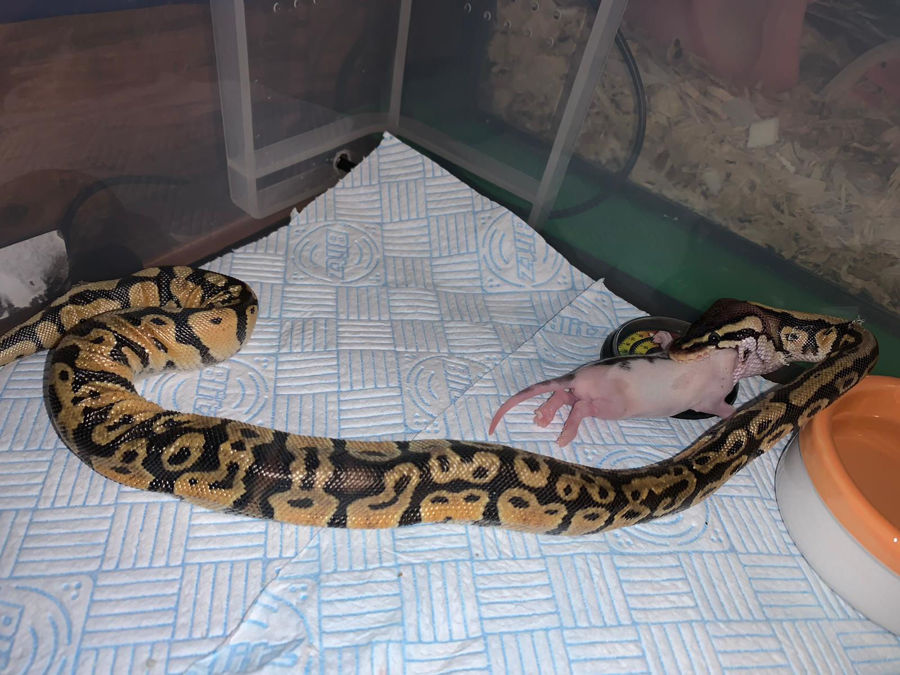Introduction: Owning a ball python comes with the responsibility of ensuring their well-being and health, and a significant aspect of that is providing them with a proper diet. If you're wondering, "What can I feed my ball pythons?" you've come to the right place. This guide is designed to give you a comprehensive understanding of the best diet for your ball pythons, with a focus on frozen rodents, and how to choose the right type and size to promote their overall health.
Understanding the Ball Python Diet: Native to sub-Saharan Africa, ball pythons are constrictor snakes that predominantly prey on small mammals like rats and mice. Replicating this diet in captivity is essential to ensuring their longevity and well-being.
The Benefits of Frozen Rodents: When it comes to feeding your ball pythons, frozen rodents offer numerous advantages. These specially bred rodents provide a balanced nutritional profile and are free from parasites or diseases that wild-caught prey might carry. Here's why incorporating frozen rodents into your ball python's diet is a wise choice:
Nutritional Balance: Frozen rodents are rich in proteins, fats, and minerals, providing a well-rounded diet that supports your snake's growth and vitality.
Convenience and Safety: Unlike live prey, frozen rodents eliminate the risk of injury to your snake during feeding. They are easy to store, thaw, and offer a safer feeding experience.
Size Options: Ball pythons come in various sizes, and so do frozen rodents. This allows you to choose the right size of rodent to match your snake's current size and appetite.
Reduced Stress: Live feeding can be stressful for both snake and owner. Feeding frozen rodents is more humane and reduces stress for everyone involved.
Nutritional Customization: Frozen rodents can be dusted with essential supplements before feeding, ensuring your ball python receives a well-rounded diet.
Choosing the Right Type and Size of Rodent: Selecting the appropriate type and size of frozen rodent is crucial to meeting your ball python's dietary needs. Here are some recommendations based on your snake's size:
Hatchlings and Juveniles: For young ball pythons, start with appropriately sized rat pups or small mice. These provide the right amount of nutrition for their growing bodies.
Sub-Adults: As your snake grows, you can transition to larger prey items such as medium rats or adult mice.
Adults: Adult ball pythons will thrive on larger prey like large rats.
Where to Find Quality Frozen Rodents: At Reptile Rewards, we are dedicated to providing top-quality frozen rodents for reptile owners, including ball python enthusiasts. Our Somerset-based farm ensures the rodents are bred and cared for under optimal conditions, guaranteeing their health and nutritional value.
Conclusion: Feeding your ball pythons a balanced and nutritious diet is a key aspect of responsible pet ownership. Incorporating frozen rodents into their diet not only mirrors their natural feeding habits but also ensures their safety and well-being. Visit [Your Website URL] to explore our diverse range of frozen rodents and choose the ideal type and size to keep your ball pythons healthy and happy.
Ready to provide your ball pythons with the best diet? Discover our premium selection of frozen rodents at www.reptilerewards.co.uk and give your snakes the nutrition they need to thrive. Your reptile companions will thank you for it!



.webp)